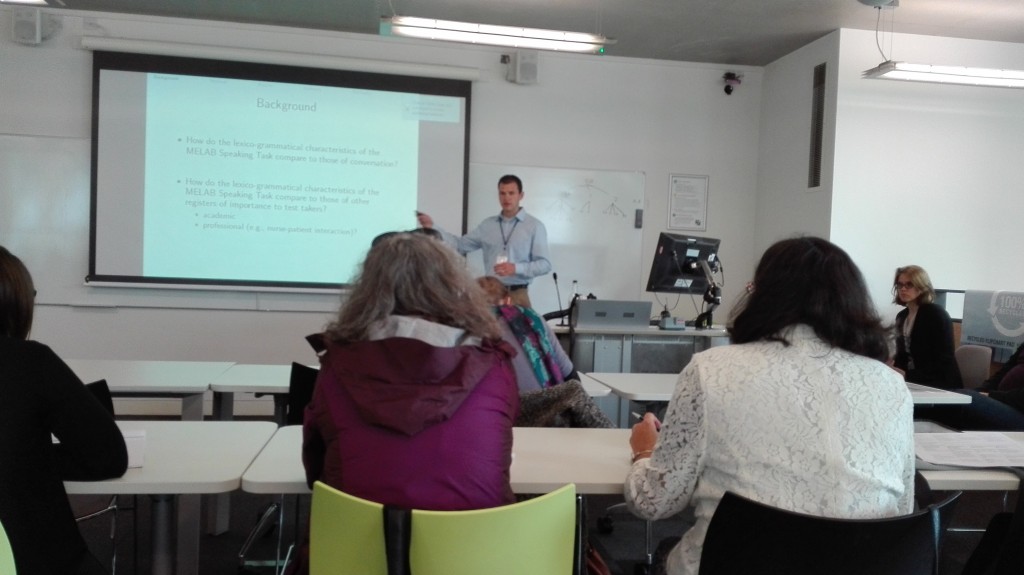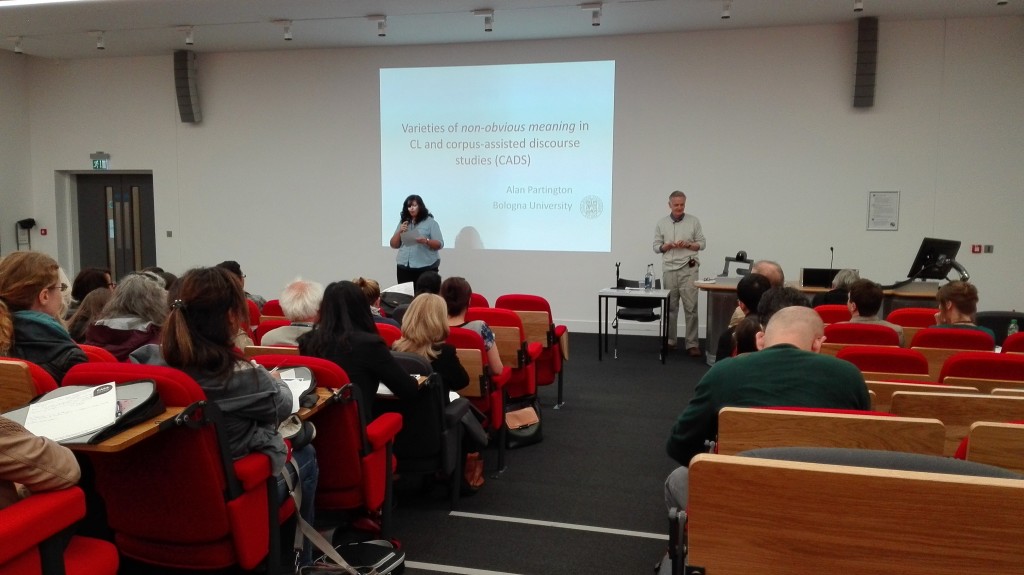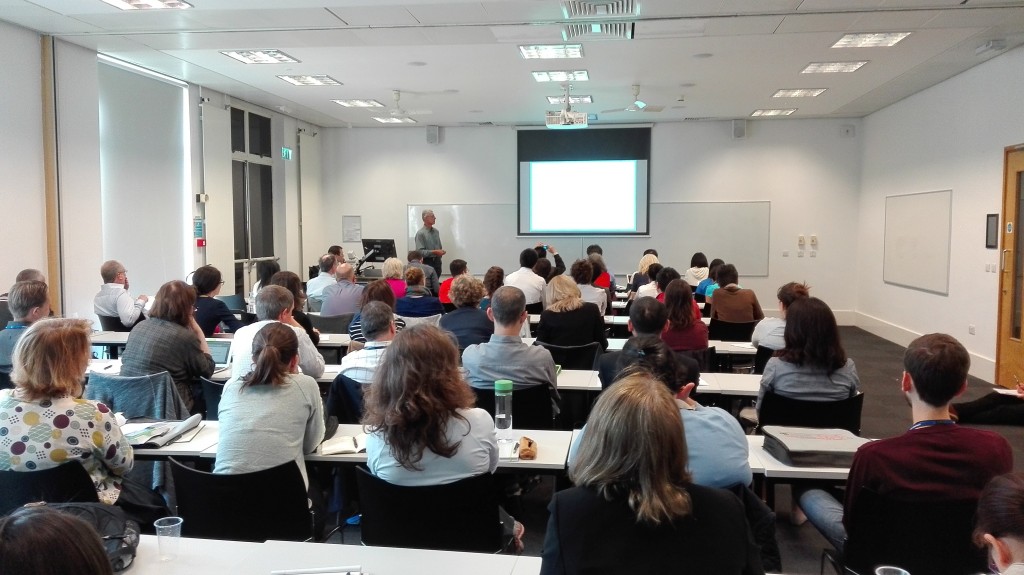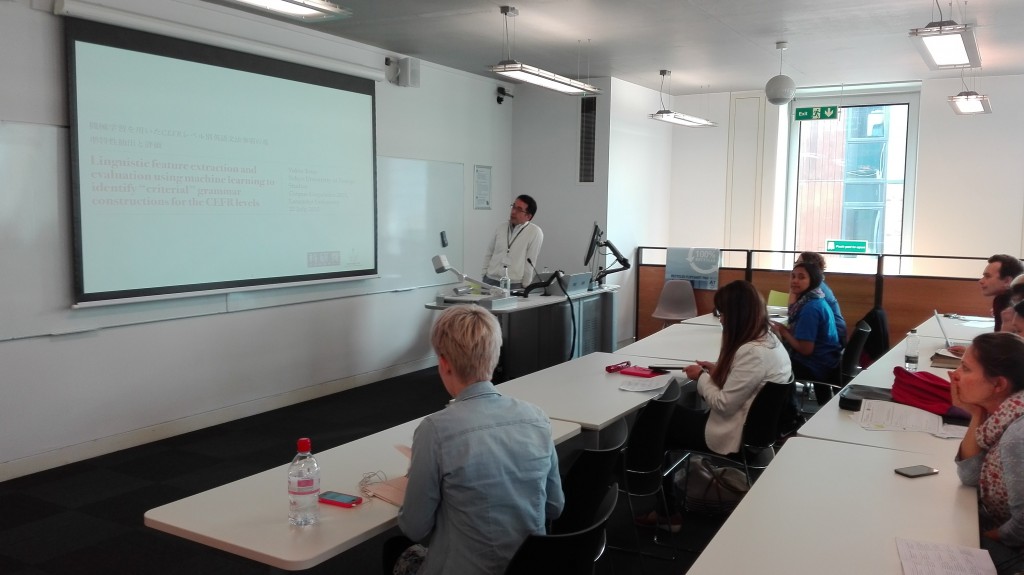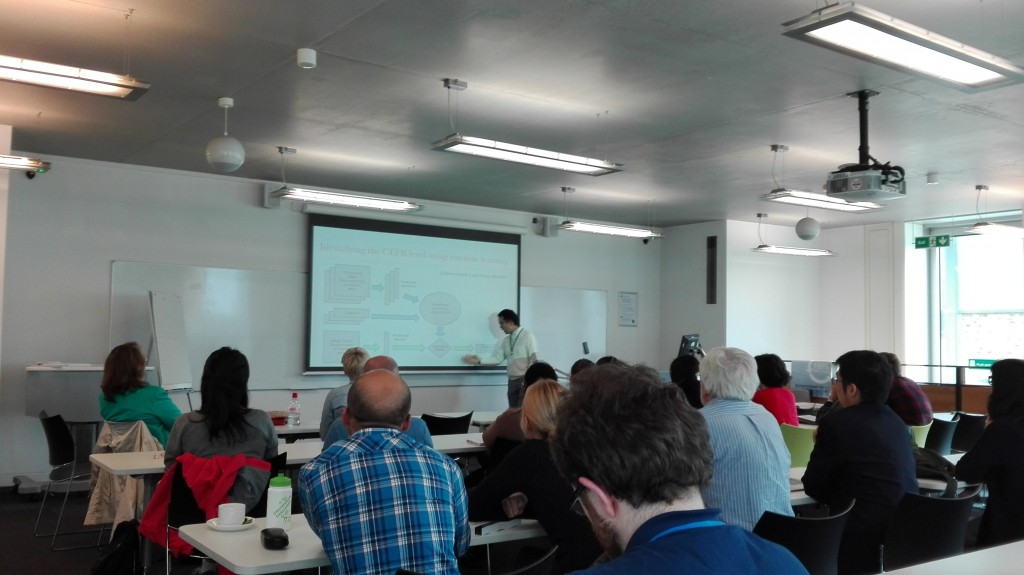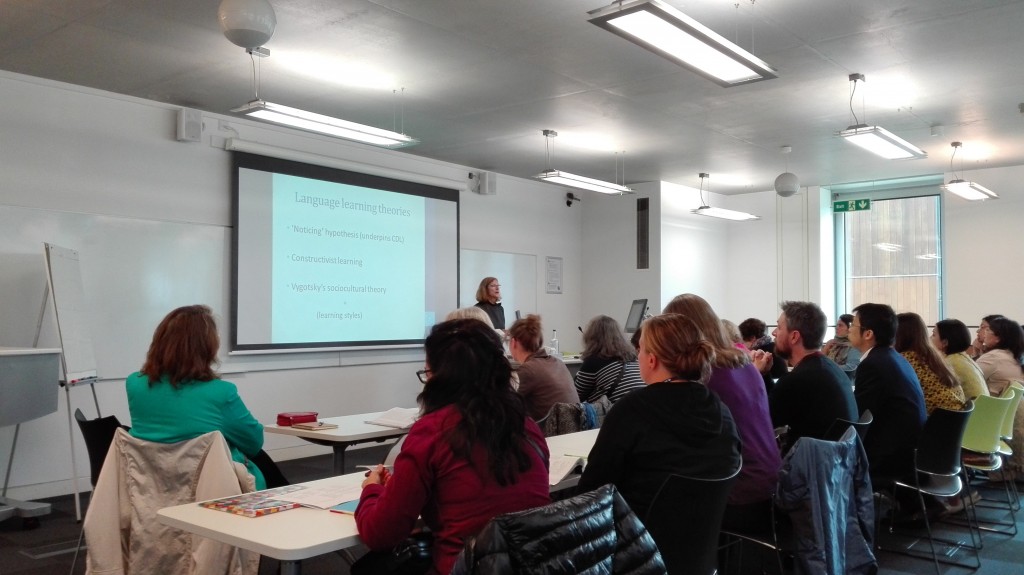Shelley Staples; Jesse Egbert; Geoff LaFlair
A multi-dimensional comparison of oral proficiency interviews to conversation, academic and professional spoken registers
MELAB : Michigan Engish Language Battery 989 OPIs in 2013
OPI used for academic and profesional purposes
Only transcribed the first 5 minutes
55 linguistic features
TagCount
FA
6 factor solution
Dimensions interpreted functionally
Dimension scores
Differences across registers (ANOVAs and post hocs)
6 dimension
1. Explicit stance: private verbs, that deletion, lower rates of implicit stance that the Longman corpus
3. Speaker-centered informational vs listener centered involvement: pro1, subject-conj.causative, nn, amplifiers,
4. Extended informational discourse: word length, prep, jj atr, that rel, negative features: all pronouns
6. Implicit stance: higher rates of implicit stance that the Longman corpus
